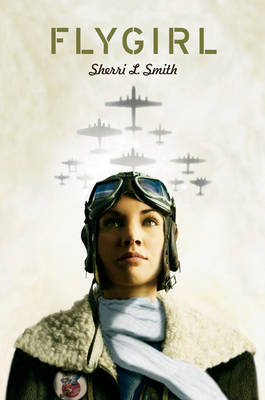
Heather
When America enters the war with Germany and Japan, the Army creates the WASP, the Women Airforce Service Pilots - and Ida suddenly sees a way to fly as well as do something significant to help her brother stationed in the Pacific. But even the WASP won't accept her as a black woman, forcing Ida Mae to make a difficult choice of "passing," of pretending to be white to be accepted into the program. Hiding one's racial heritage, denying one's family, denying one's self is a heavy burden. And while Ida Mae chases her dream, she must also decide who it is she really wants to be."
I loved this book so much. From the very first pages, I believed that we were in Louisiana in the 1940s. Ida Mae and her best friend feel like real people who grow apart over time because of the differences in their abilities to advance in the world. This book addresses not only racism but also the colorism in the African American community.
Ida Mae's father taught her to fly for their crop dusting business. She hasn't been able to get her license because the instructor wouldn't approve a license for a woman. When women are started to be hired to ferry planes between bases to free up male pilots for combat, Ida Mae wants to join. She is very light skinned so she lets the recruiter assume that she is a white woman. This makes a divide between Ida Mae and her darker skinned mother, family, and friends. A big question in the story is can she come back from this? Once she starts living the life of a white woman, will she be willing to be seen as a black woman again?
I read about this topic in A Chosen Exile: A History of Racial Passing in America but I haven't seen it addressed in historical fiction often.
If you are interested in reading more fiction about the WASP, check out The All-Girl Filling Station's Last Reunion.
Flygirl is YA so it is a quick read. I would recommend it to anyone who likes women-centered historical fiction.
This review was originally posted on Based On A True Story
